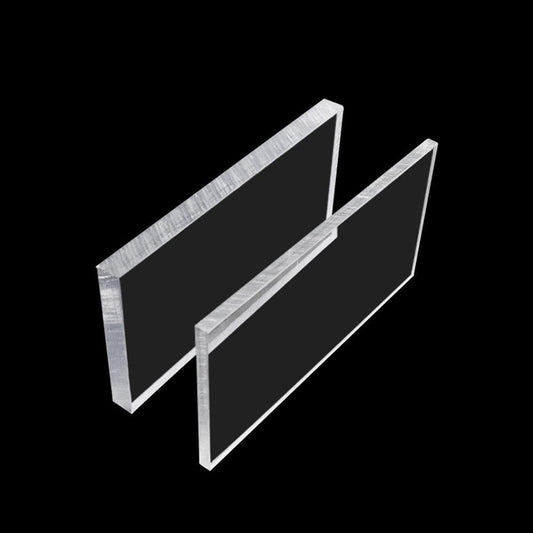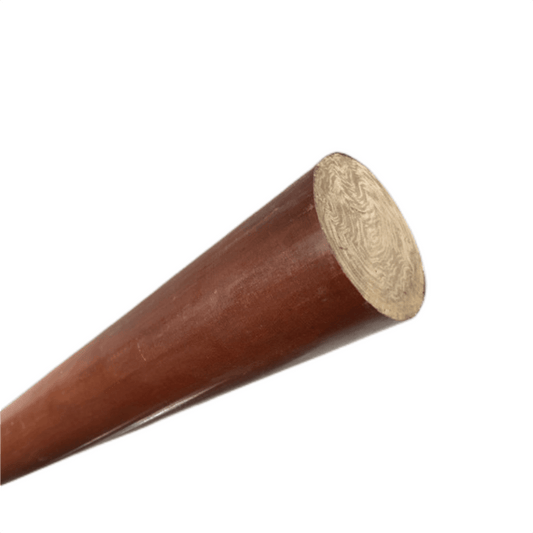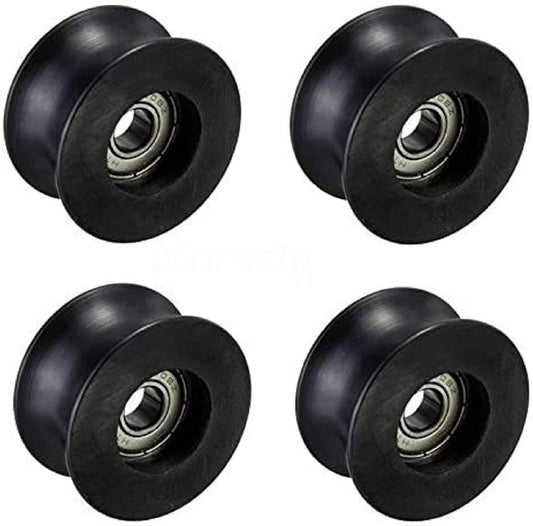POM also known as polyoxymethylene, is an engineering thermoplastic used in a wide range of industries. With excellent mechanical properties, POM is ideal for precision parts and components. But how exactly is this versatile material produced? In this blog post, we’ll explore the manufacturing process behind POM in detail.

An Overview of POM Properties and Applications
POM, short for polyoxymethylene, is a type of thermoplastic polymer containing repeating formaldehyde units. The chemical structure of POM gives it high strength, rigidity, and dimensional stability.
Unlike other plastics, POM has high creep resistance and fatigue endurance, making it suitable for moving components under load. The POM manufacturing process produces parts with smooth surfaces, excellent machinability, and resistance to chemicals.
With these properties, POM is commonly used for:
- Gears, pulleys, and bushings
- Food processing equipment parts
- Consumer appliance components
- Automotive interior parts
- Precision turned parts requiring tight tolerances
Understanding the POM production process enables manufacturers to optimize the material’s beneficial properties for different applications.

Stage 1: POM Polymerization Process
The first step in POM manufacturing is synthesizing the base POM polymer through a process called polymerization. This involves joining together many small monomer units into long polymer chains.
There are a few different methods used for POM polymerization:
Cationic Polymerization of POM
In cationic polymerization, an initiator compound creates reactive sites where oxymethylene monomers can link together into chains. The process uses an acidic catalyst to promote the reaction. Cationic polymerization allows excellent control over polymer chain length.
Anionic Polymerization of POM
Anionic polymerization uses an organometallic initiator to trigger the formation of POM polymer chains. This method can achieve very high molecular weights. However, it is difficult to control the distribution of chain lengths.
Coordination Polymerization
Coordination polymerization utilizes transition metal catalysts to activate monomers for polymerization. This results in uniform chain length distribution with relatively low molecular weight. The process does not require extreme temperatures or pressures.
Regardless of the method, the polymerization process aligns oxymethylene monomers into long POM polymer chains with repeating units. Getting the molecular weight right is crucial, as it affects the material’s viscosity and mechanical properties.
Stage 2: POM Pelletization Process
The raw POM polymer produced through polymerization is a fine powder. To make this material usable in manufacturing, it must be compounded and extruded into pellets.
First, the POM powder is mixed with stabilizers to prevent degradation from heat or oxidation. It is also blended with lubricants and other additives to enhance properties.
This mixture is fed into a melt extruder. The screw feeds the powder forward as it melts under heating and shear forces. The molten POM is forced through a die, producing continuous strands that are cooled by water and cut into small pellets.
Extrusion parameters like temperature profile, screw speed, and die configuration must be precisely controlled to achieve a consistent pellet shape and size. The pellets can then be conveyed for further processing.

Stage 3: POM Injection Molding Process
To make finished parts and products, POM pellets are plasticized and molded using injection molding machines. This is a highly automated process capable of producing high volumes of parts with accuracy and repeatability.
Step 1 - Drying the POM Pellets
Before molding, the hygroscopic POM pellets must be dried to remove moisture which can cause defects. Pellets are dried in a dehumidifying hopper or separate desiccant dryer.
Step 2 - Plasticizing the POM
Dried pellets are gravity fed from the hopper into the injection molding barrel. Friction and conducted heat melt the pellets into a homogenous POM melt.
Step 3 - Injecting into the Mold
The molten POM is injected into a two-part metal mold at high pressure, forcing it to conform to the mold's cavity. The mold is heated to a temperature above the melting point of POM to facilitate filling.
Step 4 - Solidification
Once the cavity is filled, the molten POM solidifies into the shape of the mold as it cools. The optimal cooling rate ensures dimensionally stable parts.
Step 5 - Ejection
After adequate solidification, the mold opens and ejector pins push the finished POM part out of the open cavity. The mold then closes and the cycle repeats.
POM injection molding allows the production of complex, tight-tolerance parts at high volumes and low unit costs. Process parameters like temperature, pressure, time, and clamping force can be optimized for the particular POM grade and part geometry.

Quality Control in POM Manufacturing
Throughout the POM production process, rigorous quality control steps ensure the material meets specifications.
During polymerization, molecular weight distribution is verified through melt flow indexing. POM powder should be tested for purity, moisture content, and absence of oxidized material.
In compounding, continuous checks are required to confirm proper additive blending. Pellet samples are tested for molecular weight, melting point, viscosity, density, and other properties.
Finished molded parts are 100% visually inspected and critical dimensions are confirmed through measurements. Statistical process control tracks injection molding parameters and flags defects.
By monitoring key process indicators at each stage, POM producers can guarantee consistent quality and performance.

Conclusion
We’ve stepped through the essential phases of POM manufacturing - from polymerization of the base resin to pelletization and ultimately injection molding of finished parts. At each step, tight process controls are needed to capitalize on POM’s beneficial properties.
The unique production process of POM makes it an extremely versatile engineering plastic suitable for the most demanding applications across industries. With an understanding of how POM is synthesized and processed, manufacturers can continue leveraging its performance and precision for innovative products.







